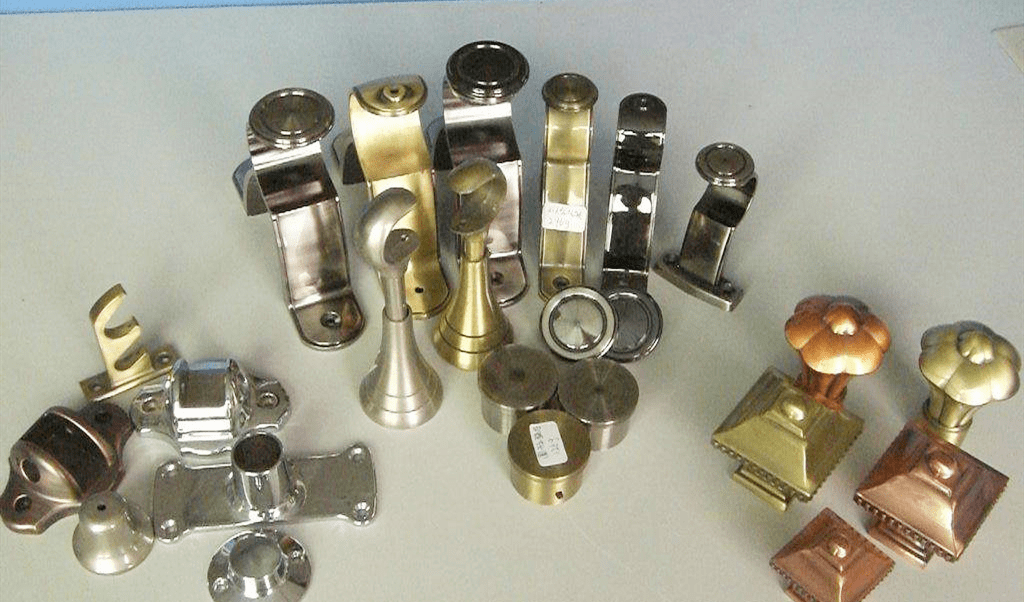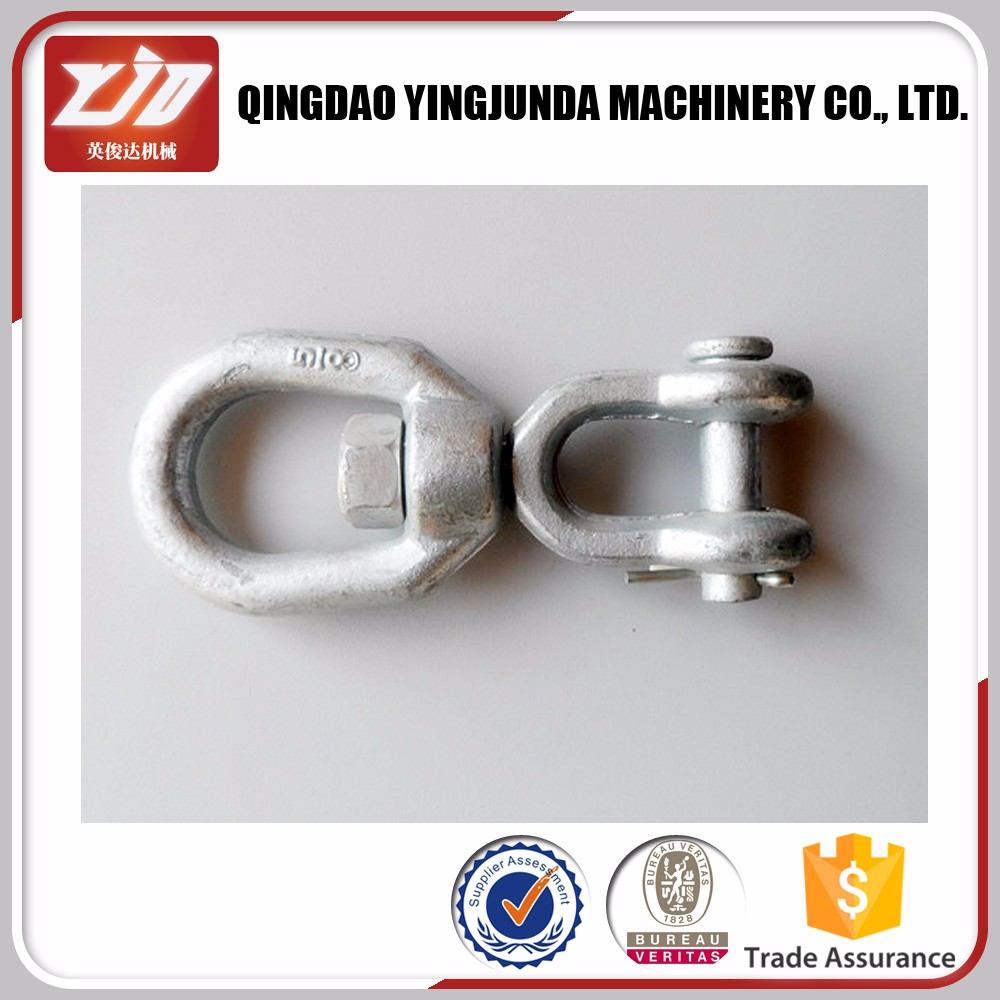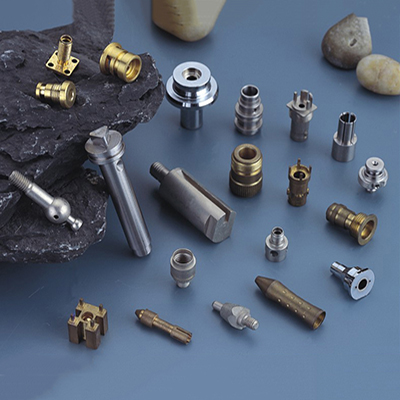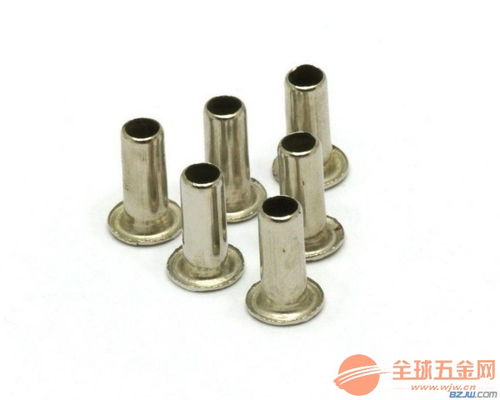Title: Hardware Fittings Hinges: A Guide to Understanding and Using Them
This guide provides a comprehensive understanding of hardware fittings hinges, including their types, uses, and installation. Whether you are a DIY enthusiast or a professional builder, this guide will help you make the right choice of hinges for your project. From simple to complex, we cover all types of hinges, including butt hinges, piano hinges, and more. This guide also includes tips on installation and maintenance to ensure your hinges last for years to come.
Hinges are essential hardware fittings in many applications, from doors and windows to cabinets and machinery. They provide the necessary pivot point to facilitate movement between two connected objects. In this guide, we will explore the types, materials, and applications of hinges to help you understand and use them effectively.
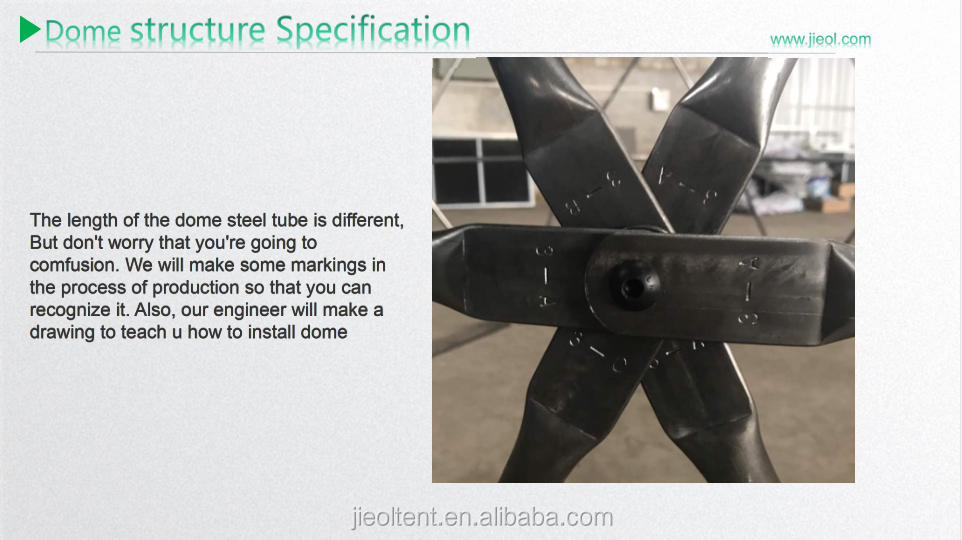
What are Hinges?
Hinges are mechanical devices that connect two objects and allow them to rotate relative to each other. They consist of a hinge pin or axis, which is fixed to one object and passes through a hinge leaf or flap fixed to the other object. This arrangement allows the objects to rotate around the hinge pin, creating a door-like motion.
Types of Hinges
There are several types of hinges available, each designed for specific applications. Common types include:
Ball bearings hinges: These hinges use ball bearings to reduce friction and provide smooth rotation. They are commonly used on doors and windows.
Butterfly hinges: Also known as Dutch hinges, these hinges consist of two leaves connected by a hinge pin. They are often used on cabinets and drawers.
Continuous hinges: These hinges have multiple hinge points along their length, providing greater flexibility in the opening and closing process. They are commonly used on large doors or windows.
Gate hinges: These hinges have one fixed and one movable leaf, allowing the objects to rotate in one direction only. They are often used on gates and fences.
Piano hinges: These hinges are designed to support heavy objects and provide smooth rotation. They are commonly used on piano keyboards.
Materials Used in Hinges
Hinges can be made from a variety of materials, depending on the application and budget. Common materials include:
Steel: Steel hinges are strong and durable, suitable for heavy-duty applications. However, they can rust if not properly maintained.

Stainless steel: Stainless steel hinges are more expensive than steel hinges but offer better corrosion resistance and longevity. They are commonly used in marine and outdoor applications.
Brass: Brass hinges have a pleasing aesthetic appearance and are commonly used on cabinets and doors in interior spaces. However, they can tarnish over time.
Bronze: Bronze hinges are similar to brass hinges but have a different color appearance. They are also commonly used on cabinets and doors.
Plastic: Plastic hinges are lightweight and inexpensive but may not have the same level of durability as metal hinges. They are commonly used on lightweight applications such as plastic doors or windows.
Applications of Hinges
Hinges have numerous applications in various industries. Some common applications include:
Doors and Windows: Hinges are commonly used to connect doors and windows to their frames, providing smooth opening and closing motion.
Cabinets and Furniture: Hinges are used to connect cabinet doors and drawers to their frames, providing easy access to the contents.
Machinery and Equipment: Hinges are often used in machinery and equipment to connect moving parts, providing flexibility in the operation of the equipment.
Automobiles: Hinges are used in automobiles to connect doors, hoods, and trunks to their frames, providing secure closure and easy access to these components.
In conclusion, hinges are essential hardware fittings that provide the necessary pivot point to facilitate movement between two connected objects. Understanding the types, materials, and applications of hinges will help you choose the right hinge for your specific application, providing smooth operation and longevity in use.
Articles related to the knowledge points of this article:
Title: Understanding the Price Range for Zhejiang Hanging Scale Hardware Accessories
Title: Technical Guidance on selling Hardware Accessories in Guangdong
Title: The role of hardware accessories in the rotation and enlargement of round tables
Title: Hunan Hardware Fittings: Quality and Durability for Your Projects
Title: Exploring the Reputable Hardware Equipment and Machinery Industry in Zhaoqing
